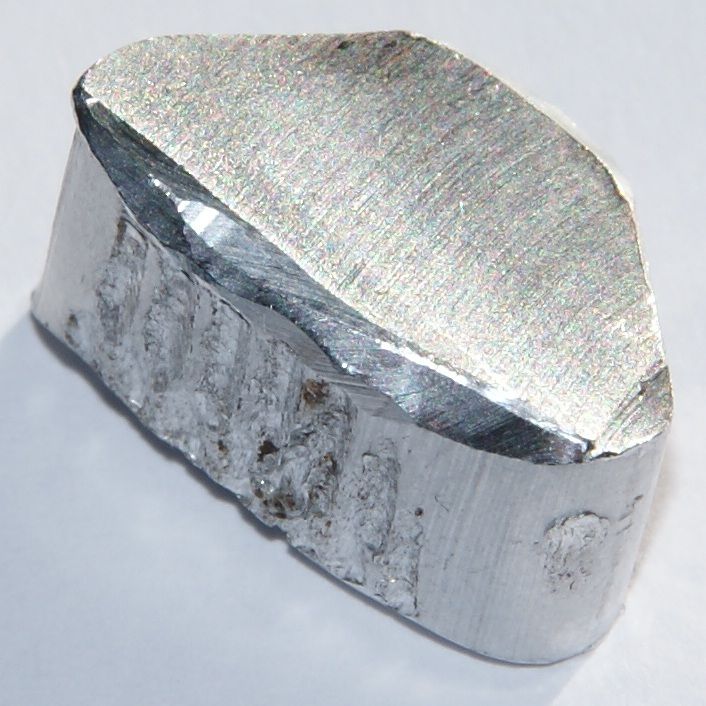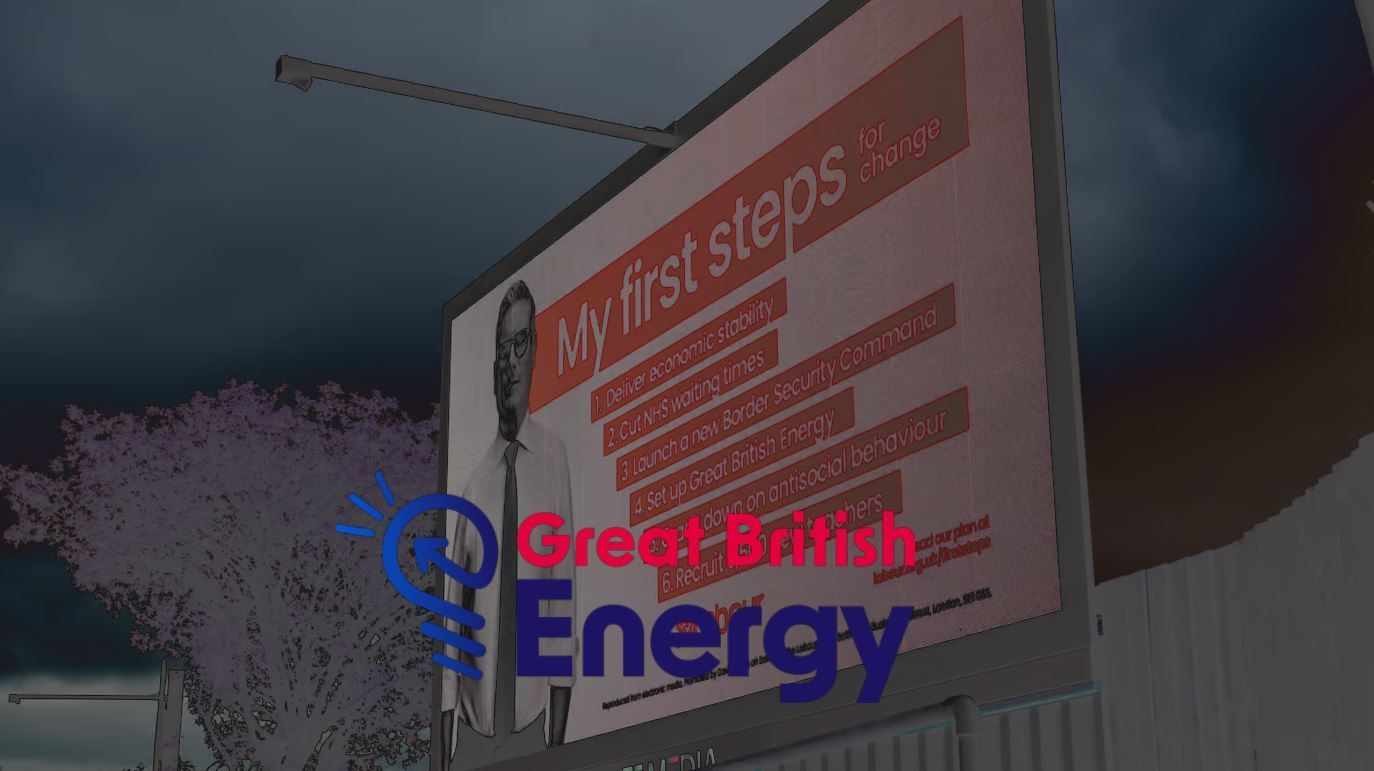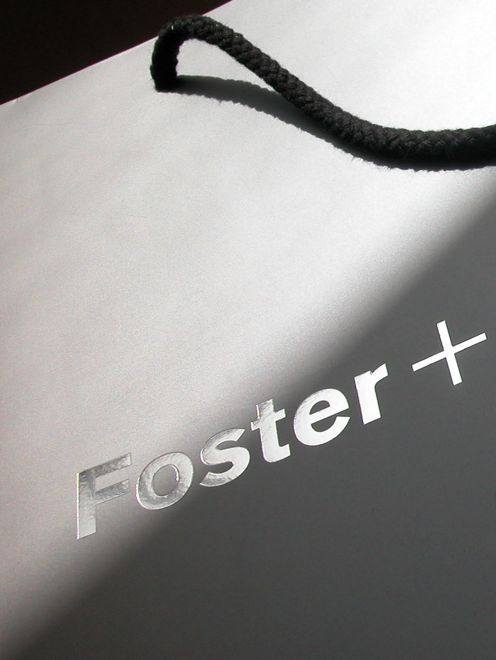The Versatility of Aluminium in Design and Marketing
Aluminium's unique properties make it a material of choice in various industries
Aluminium, often referred to as aluminum in North America, is a versatile and ubiquitous metal that has revolutionized the world of design and marketing. This silvery-white, non-magnetic, and ductile material is known for its strength, corrosion resistance, and lightweight properties, making it an ideal choice for a wide range of applications.
History and Discovery
The discovery of aluminium dates back to the early 19th century. Sir Humphry Davy, a British chemist, first identified the metal in 1808, naming it "alumium." The name was later changed to "aluminium" to align with the naming conventions of other elements in its group, such as sodium and potassium. However, in North America, the name "aluminum" has persisted, reflecting a regional difference in linguistic convention.
Properties and Applications
Aluminium's unique properties make it a material of choice in various industries. Its high strength-to-weight ratio makes it suitable for use in transportation, particularly in the aerospace and automotive sectors. Aluminium alloys are also widely used in the construction industry for their durability and aesthetic appeal.
In the world of design, aluminium's malleability allows for the creation of intricate and innovative designs. It is often used in the production of consumer electronics, furniture, and architectural structures due to its ability to be shaped into complex forms while retaining its strength.
Marketing with Aluminium
From a marketing perspective, aluminium's versatility extends to its use in branding and product packaging. Aluminium labels can be embossed, stamped, or printed with high-quality graphics, enhancing the visual appeal of products. The durability and resistance to corrosion of aluminium labels ensure that the branding remains intact over time, making it a cost-effective and sustainable option.
Sustainability and Recycling
One of the key advantages of aluminium in design and marketing is its sustainability. Aluminium is one of the most recycled materials globally, with a recycling rate that far exceeds that of many other materials. Recycled aluminium retains its quality, making it a resource-efficient choice for designers and marketers with aluminium labels being a popular choice.
The Future of Aluminium in Design and Marketing
As technology advances and sustainability becomes increasingly important, aluminium is likely to play an even more significant role in design and marketing. Innovations such as anodizing and powder coating allow for a wide range of colors and finishes, enhancing the aesthetic possibilities of aluminium labelling in product marketing.
Aluminium's unique combination of strength, durability, and aesthetic appeal makes it a powerful tool in the world of design and marketing. Whether it's in the construction of a building, the creation of a consumer product, or the design of a marketing campaign, aluminium continues to shape the world around us.
Sources:
[1] Aluminium Market Analysis. The Aluminum Market is expected to register a CAGR of greater than 3.5% during the forecast period. COVID-19 negatively impacted the market in 2020. Building and construction, a major sink for aluminum, was badly hit, especially due to curtailment in residential real estate resulting in the suspension of home construction projects.
[2] Aluminium value added products market strategy. Over the past year, CRU Consulting has recommended casthouse product marketing strategies to numerous leading aluminium companies and their stakeholders. In fact, the work of CRU Consulting, alongside sister company CRU Analysis, has supported most the casthouse expansions outside China in the past decade.
[3] Aluminium Market Size, Industry Trends, Growth Analysis, 2032. The global aluminium market size was valued at USD 229.85 billion in 2023 and is projected to grow from USD 243.89 billion in 2024 to USD 393.70 billion by 2032, exhibiting a CAGR of 6.2% during the forecast period. Aluminium is a silvery-white, non-magnetic, and ductile metal that plays a critical role in modern industry and commerce.











